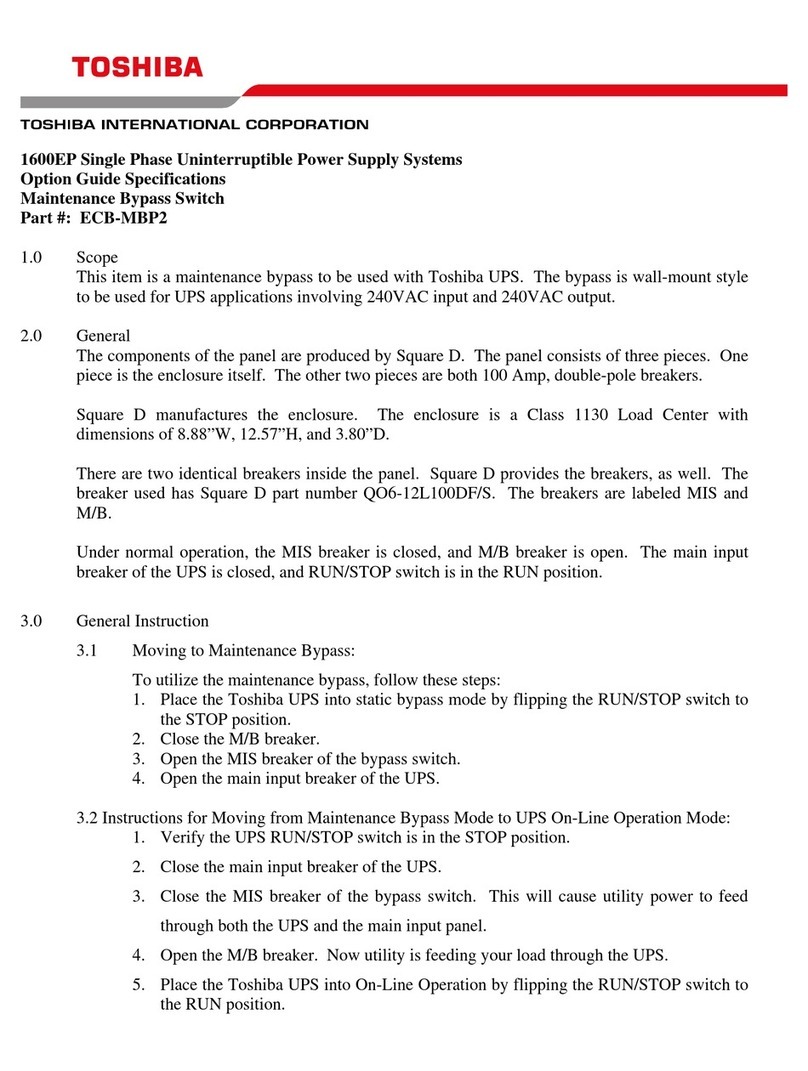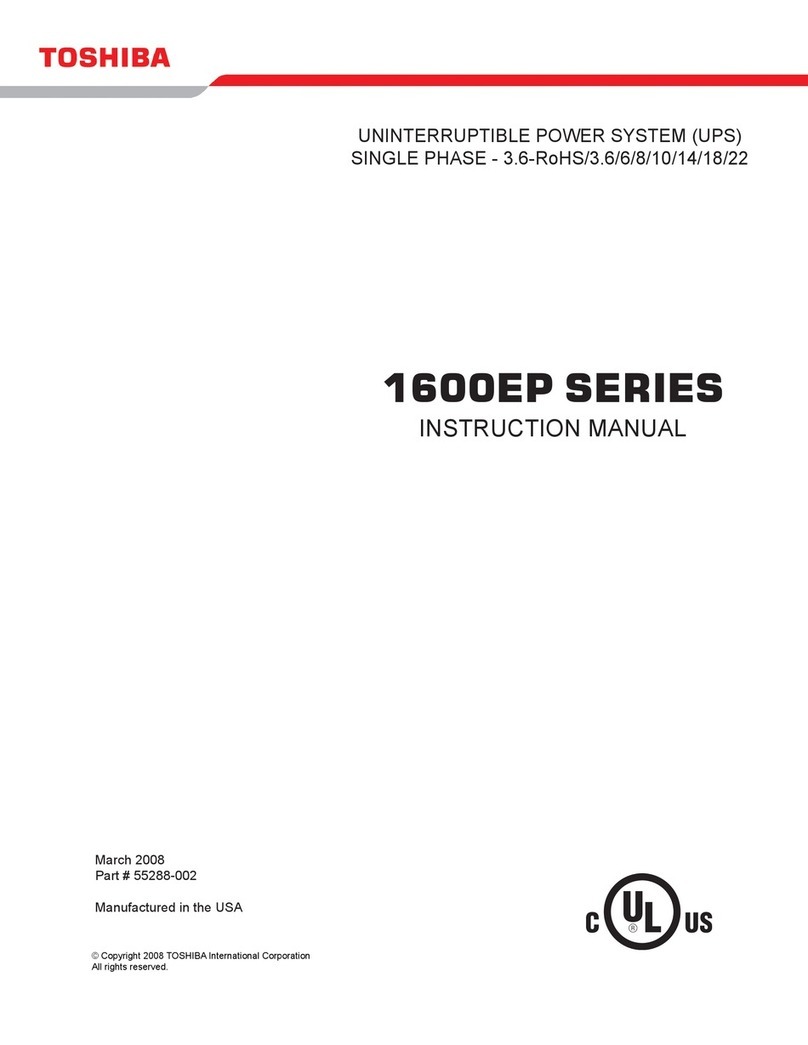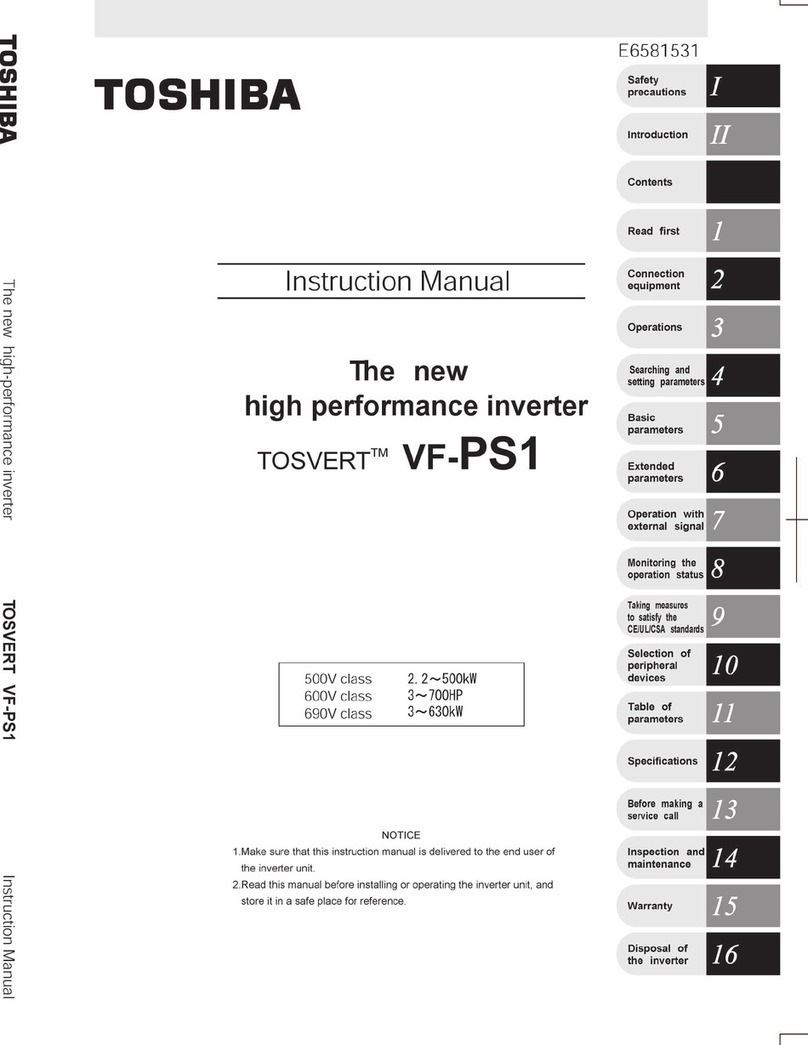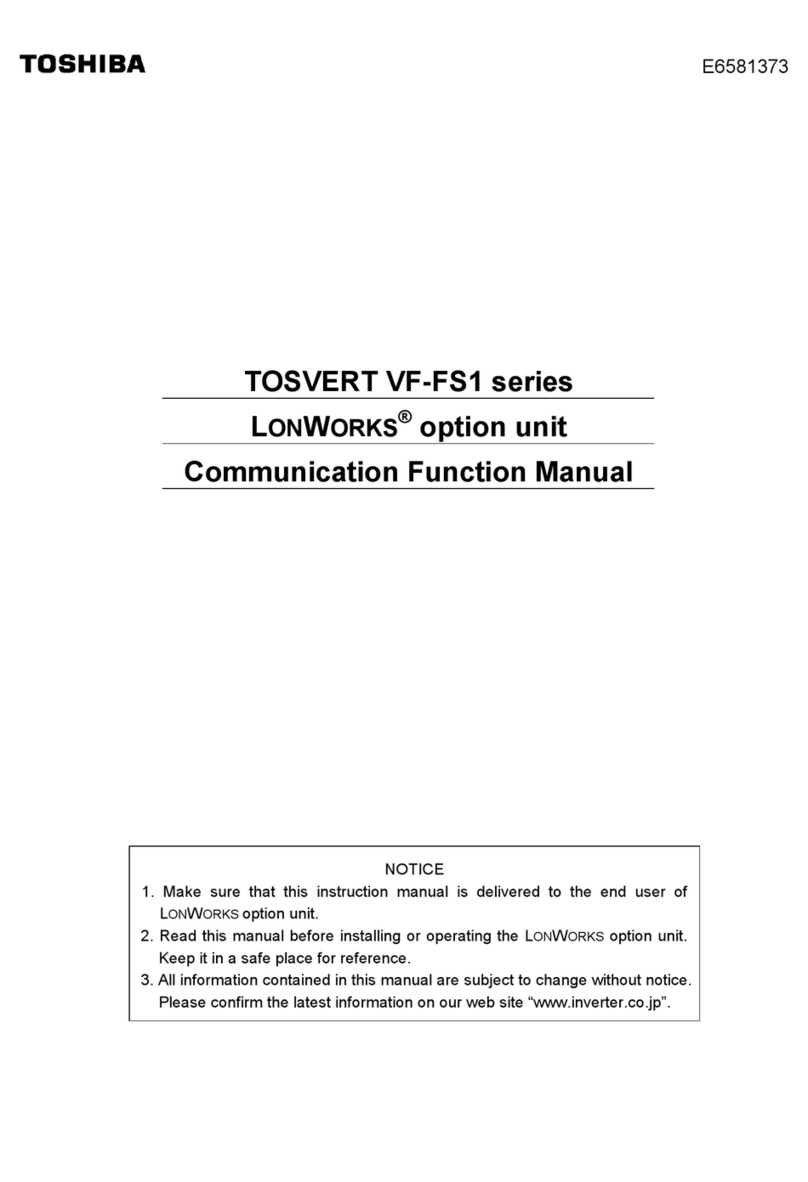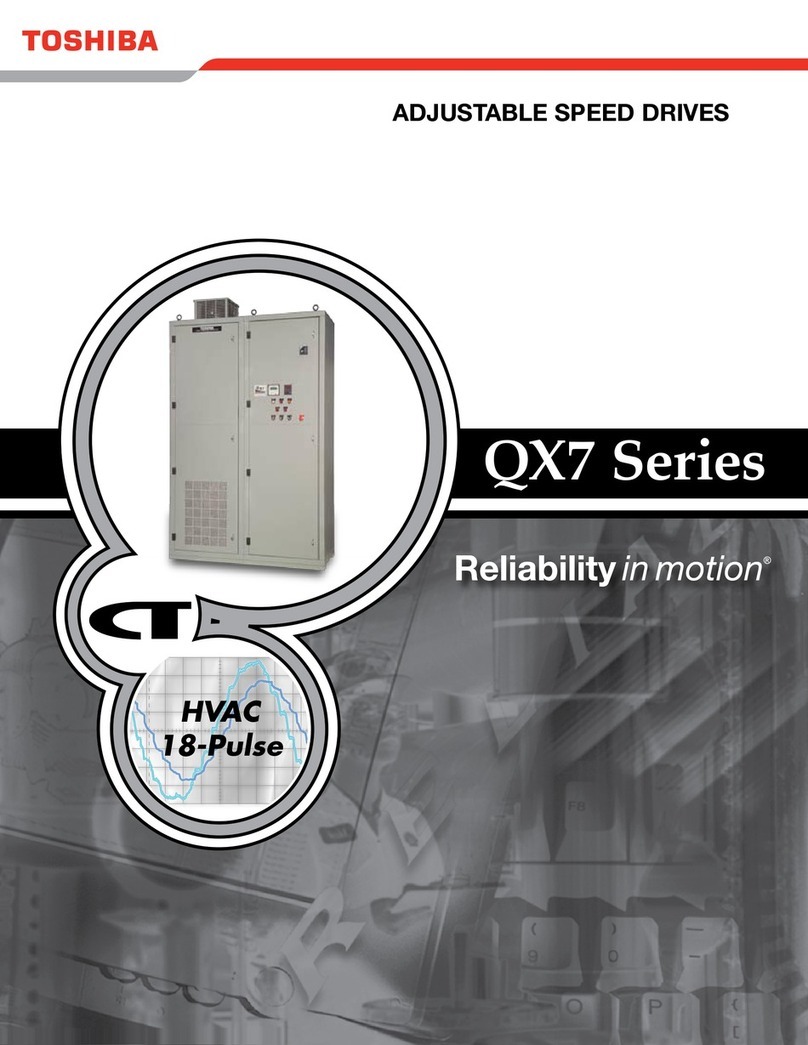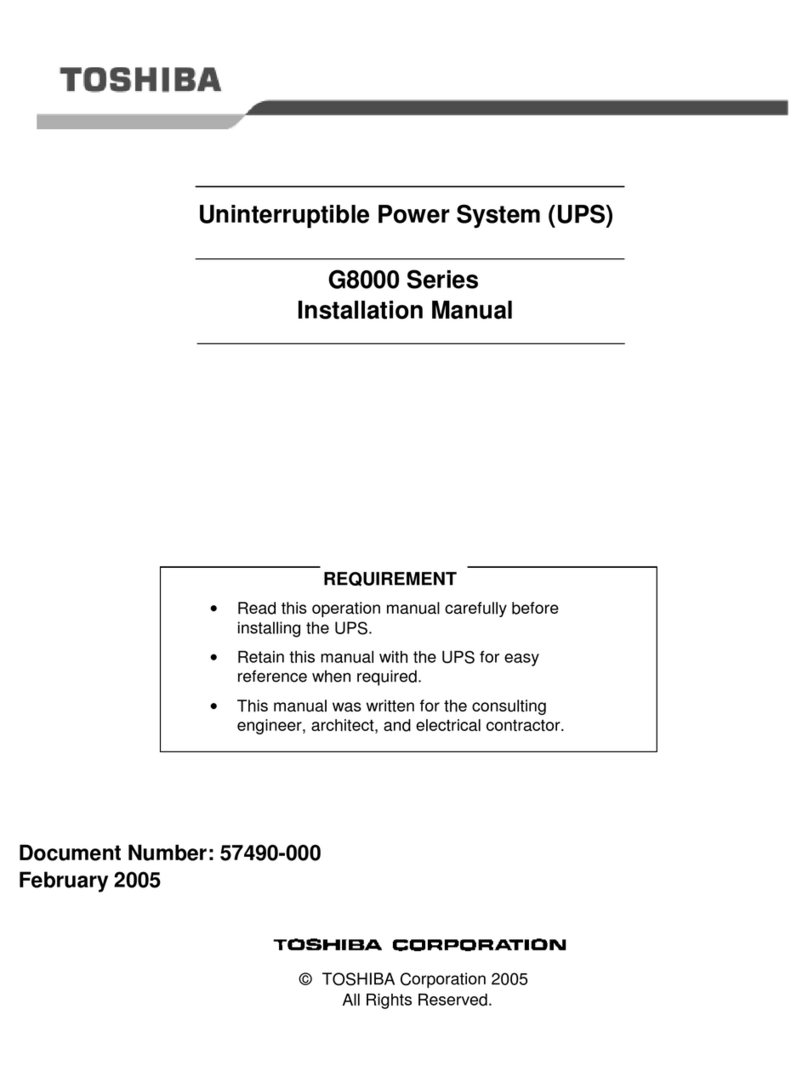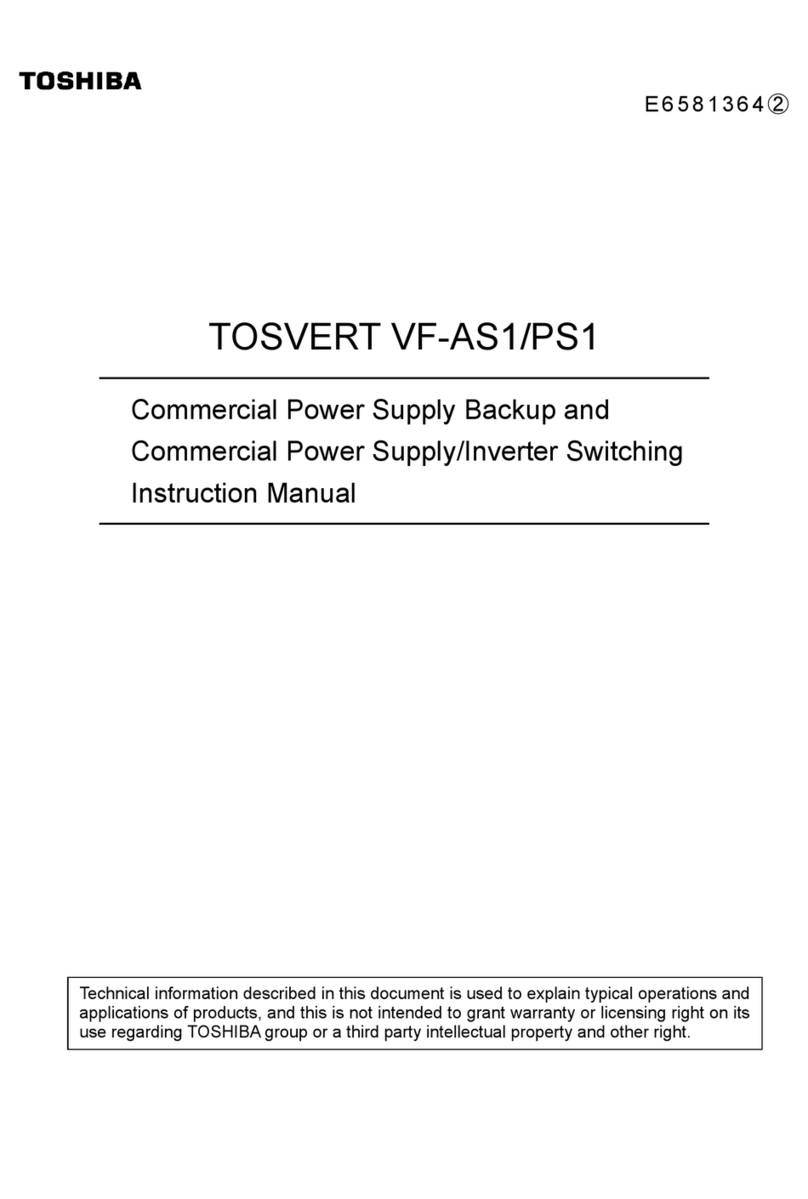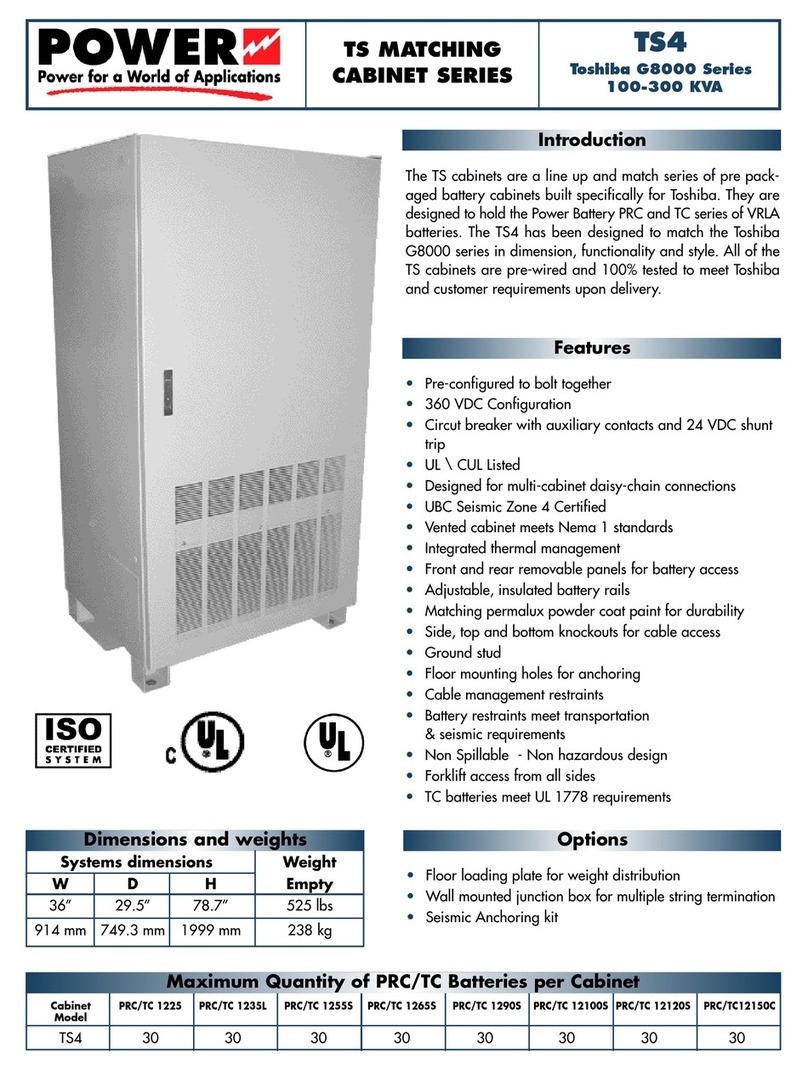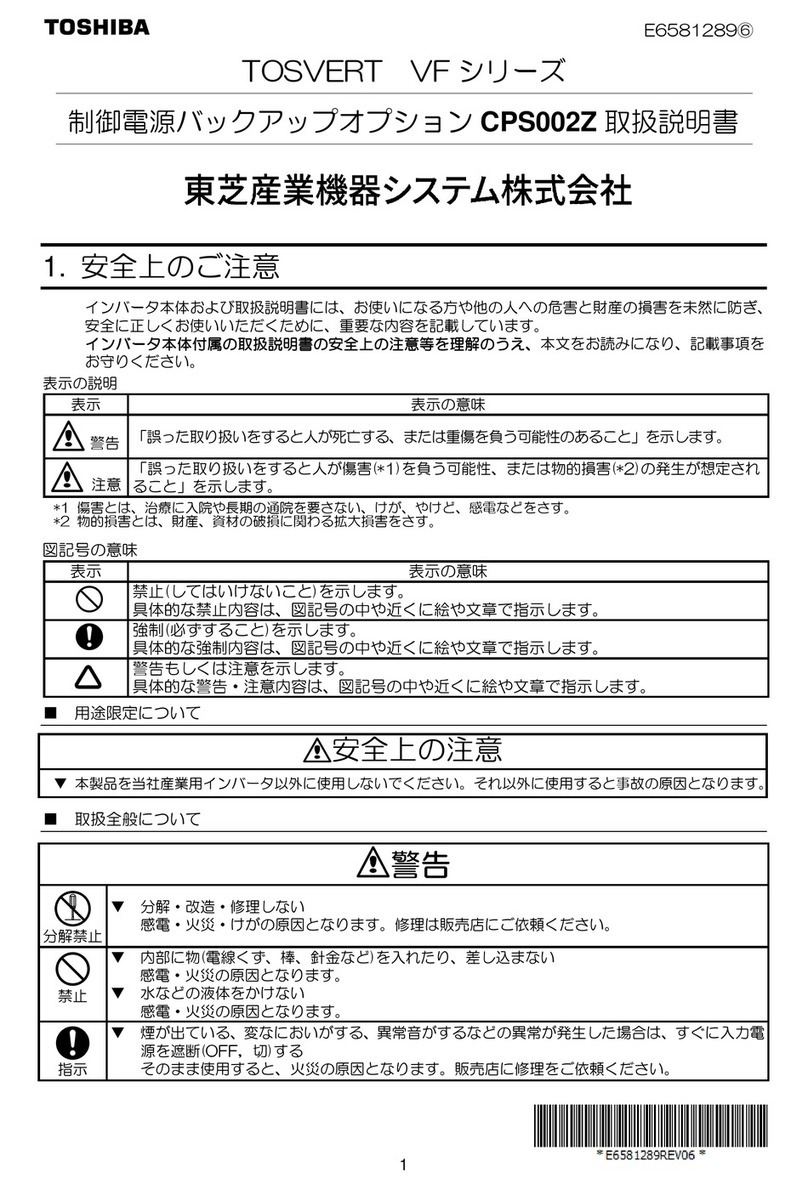
TOSHIBA
2
CONTENTS
SECTION PAGE
NOTE...................................................................................................................................................................................1
CONTENTS ........................................................................................................................................................................2
INTRODUCTION ..............................................................................................................................................................4
GENERAL SAFETY INSTRUCTIONS...........................................................................................................................5
IMPORTANT SAFETY INSTRUCTIONS......................................................................................................................6
IMPORTANT SAFETY INSTRUCTIONS (CONT.)......................................................................................................7
1.0 PRODUCT DESCRIPTION..................................................................................................................................8
1.1 THEORY OF OPERATION.........................................................................................................................................8
1.2 APPLICATION AND USE...........................................................................................................................................8
1.3 POWER BACKUP.....................................................................................................................................................8
1.4 POWER CONDITIONING ..........................................................................................................................................8
2.0 INSPECTION/STORAGE/DISPOSAL................................................................................................................9
2.1 INSPECTION OF THE NEW UPS EQUIPMENT:...........................................................................................................9
2.2 STORAGE OF UPS EQUIPMENT...............................................................................................................................9
2.3 DISPOSAL...............................................................................................................................................................9
3.0 PRECAUTIONS ...................................................................................................................................................10
3.1 INSTALLATION PRECAUTIONS (GENERAL)...........................................................................................................10
3.2 INSTALLATION PRECAUTIONS (RACK MOUNTED) ................................................................................................10
3.3 PRESTART PRECAUTIONS.....................................................................................................................................11
3.4 OPERATING PRECAUTIONS...................................................................................................................................11
4.0 SPECIFICATIONS...............................................................................................................................................12
4.1 BLACK GOLD TB SERIES SPECIFICATIONS ......................................................................................................12
5.0 OPERATING THE UPS ......................................................................................................................................13
5.1 OPERATION MODES .............................................................................................................................................13
5.1.1 AC Input Mode (normal operation) ............................................................................................................13
5.1.2 Battery Backup Mode..................................................................................................................................14
5.1.3 Circuit-bypass Mode...................................................................................................................................15
5.2 SYSTEM PROTECTION FEATURES.........................................................................................................................16
5.3 OPERATION MONITORING....................................................................................................................................17
5.3.1 Visual Indicator Functions..........................................................................................................................17
5.3.2 Audible Alarm Functions............................................................................................................................17
5.3.3 Visual and Audible Indicator Function Chart.............................................................................................17
5.4 FRONT PANEL LAYOUT........................................................................................................................................18
5.5 UPS INVERTER MODE DISPLAY...........................................................................................................................18
5.6 BATTERY RECHARGING.......................................................................................................................................19
5.7 BATTERY BACKUP TIME......................................................................................................................................20
5.8 BATTERY LOW VOLTAGE TOLERANCES ..............................................................................................................20
5.9 BATTERY CHECK FUNCTION................................................................................................................................20
5.10 SYSTEM RESET ....................................................................................................................................................20
